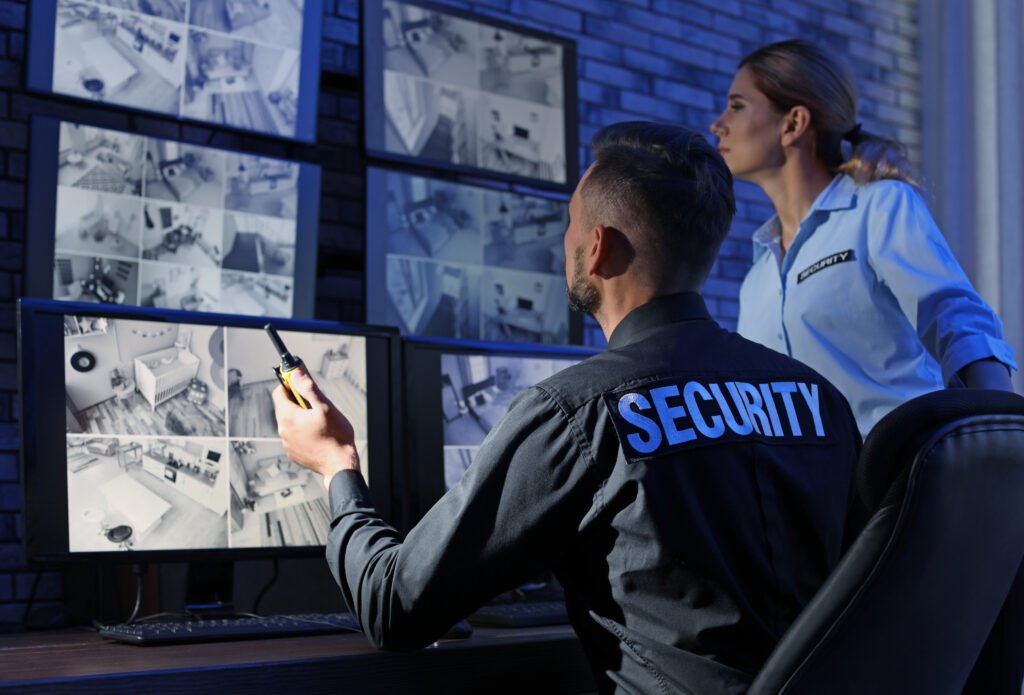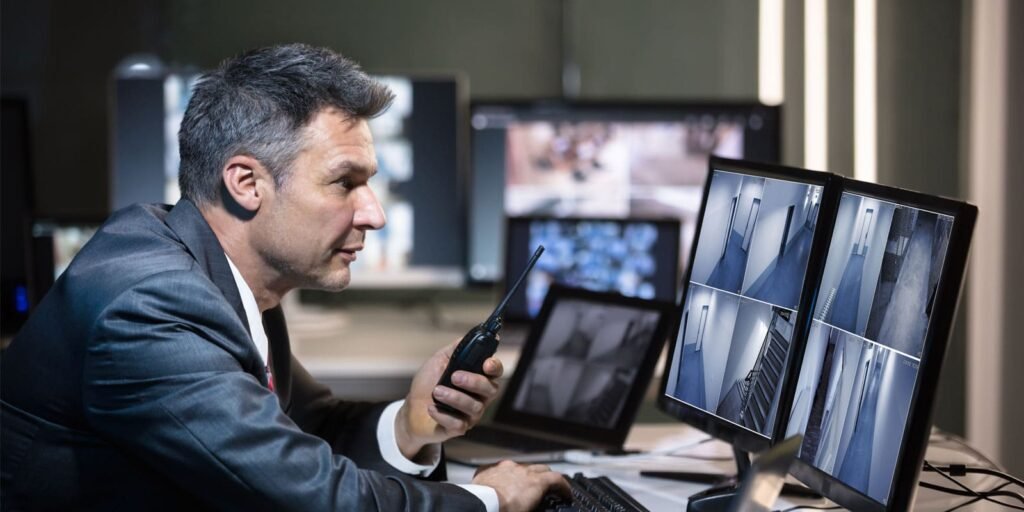Defensive Security Driver Training: An Essential Skill for Modern Threat Landscapes

In an increasingly volatile world, the safety of individuals, particularly those in high-profile positions, has become a paramount concern. Defensive security driver training has emerged as a crucial skill set in the realm of personal and corporate protection services. This specialized training equips drivers with the necessary techniques to protect their passengers from potential threats while on the road. From evading aggressive drivers to anticipating and reacting to dangerous situations, defensive security driver training is an indispensable tool in the toolkit of any security professional.
The Importance of Defensive Security Driver Training
The primary objective of defensive security driver training is to prepare drivers to handle a variety of threats and challenges that may arise while transporting high-profile clients. These challenges can range from everyday road hazards to targeted attacks. The training focuses on enhancing the driver’s situational awareness, improving their decision-making skills under pressure, and teaching advanced driving techniques to ensure the safety of their passengers.
High-profile individuals, such as corporate executives, celebrities, and political figures, are often targeted by criminals for various reasons, including kidnapping, assassination, and robbery. As such, the role of a security driver is not merely to chauffeur but to act as the first line of defense in protecting their client from harm. This responsibility necessitates a higher level of training and preparedness than that of a regular driver.
Core Components of Defensive Security Driver Training
- Situational Awareness and Threat Detection:
- One of the fundamental aspects of defensive security driver training is developing a heightened sense of situational awareness. Drivers are trained to constantly scan their surroundings, identify potential threats, and take proactive measures to avoid danger. This involves recognizing suspicious behavior, identifying safe zones, and understanding the layout of various environments to make informed decisions quickly.
- Advanced Driving Techniques:
- The training includes mastering advanced driving techniques such as high-speed maneuvering, evasive driving, and precision control. These skills are crucial for navigating through hostile situations, escaping potential ambushes, and safely transporting clients even under extreme conditions. Techniques such as the J-turn, PIT maneuver, and ramming tactics are practiced in controlled environments to ensure proficiency.
- Emergency Response and First Aid:
- In addition to driving skills, defensive security driver training often includes instruction in emergency response and first aid. Drivers learn how to provide immediate medical assistance in case of an attack or accident, which can be critical in saving lives and minimizing injury.
- Vehicle Maintenance and Preparedness:
- A well-maintained vehicle is less likely to experience mechanical failure at a critical moment. Training programs emphasize the importance of regular vehicle inspections and maintenance. Drivers are taught to identify and fix potential issues before they become problems, ensuring the vehicle is always in top condition.
- Legal and Ethical Considerations:
- Understanding the legal and ethical implications of their actions is essential for security drivers. Training covers the legal aspects of using force, the ethical use of driving techniques, and the importance of adhering to local laws and regulations. This knowledge helps drivers make informed decisions that are not only effective but also lawful and ethical.
Corporate Protection Service Integration

Defensive security driver training is often a key component of broader corporate protection service. These services provide comprehensive security solutions tailored to the specific needs of businesses and their executives. By integrating defensive driving training into corporate protection strategies, companies can ensure that their most valuable assets – their people – are safeguarded against potential threats.
Corporate protection services encompass a wide range of security measures, including risk assessments, security consulting, physical security, and cybersecurity. The inclusion of defensive driving training enhances these services by addressing the transportation-related vulnerabilities that high-profile individuals may face. This holistic approach to security ensures that all aspects of a client’s safety are covered, from their digital footprint to their physical movements.
Benefits of Defensive Security Driver Training
- Enhanced Safety:
- The primary benefit of defensive security driver training is the enhanced safety of passengers. Drivers who are trained to anticipate and respond to threats can effectively protect their clients from harm, reducing the likelihood of successful attacks.
- Reduced Liability:
- Companies that invest in defensive security driver training for their employees can reduce their liability in the event of an incident. Trained drivers are better equipped to handle emergencies, potentially preventing accidents and legal repercussions.
- Increased Confidence:
- Trained drivers are more confident in their ability to handle challenging situations. This confidence translates to a calmer, more controlled response in emergencies, which can be critical in ensuring the safety of all involved.
- Professionalism:
- Security drivers who have undergone specialized training demonstrate a higher level of professionalism. This not only enhances the reputation of the security team but also provides peace of mind to clients who can trust that their safety is in capable hands.
Conclusion
In today’s world, where high-profile individuals are increasingly targeted by criminals, the importance of defensive security driver training cannot be overstated. This specialized training equips drivers with the skills necessary to protect their passengers from a wide range of threats, ensuring their safety and security on the road. By incorporating defensive driving techniques into their corporate protection services, companies can provide a comprehensive security solution that addresses the unique challenges faced by their clients.
Investing in defensive security driver training is an investment in safety, professionalism, and peace of mind. As the threat landscape continues to evolve, the need for well-trained security drivers will only grow, making this training an essential component of any robust security strategy.




